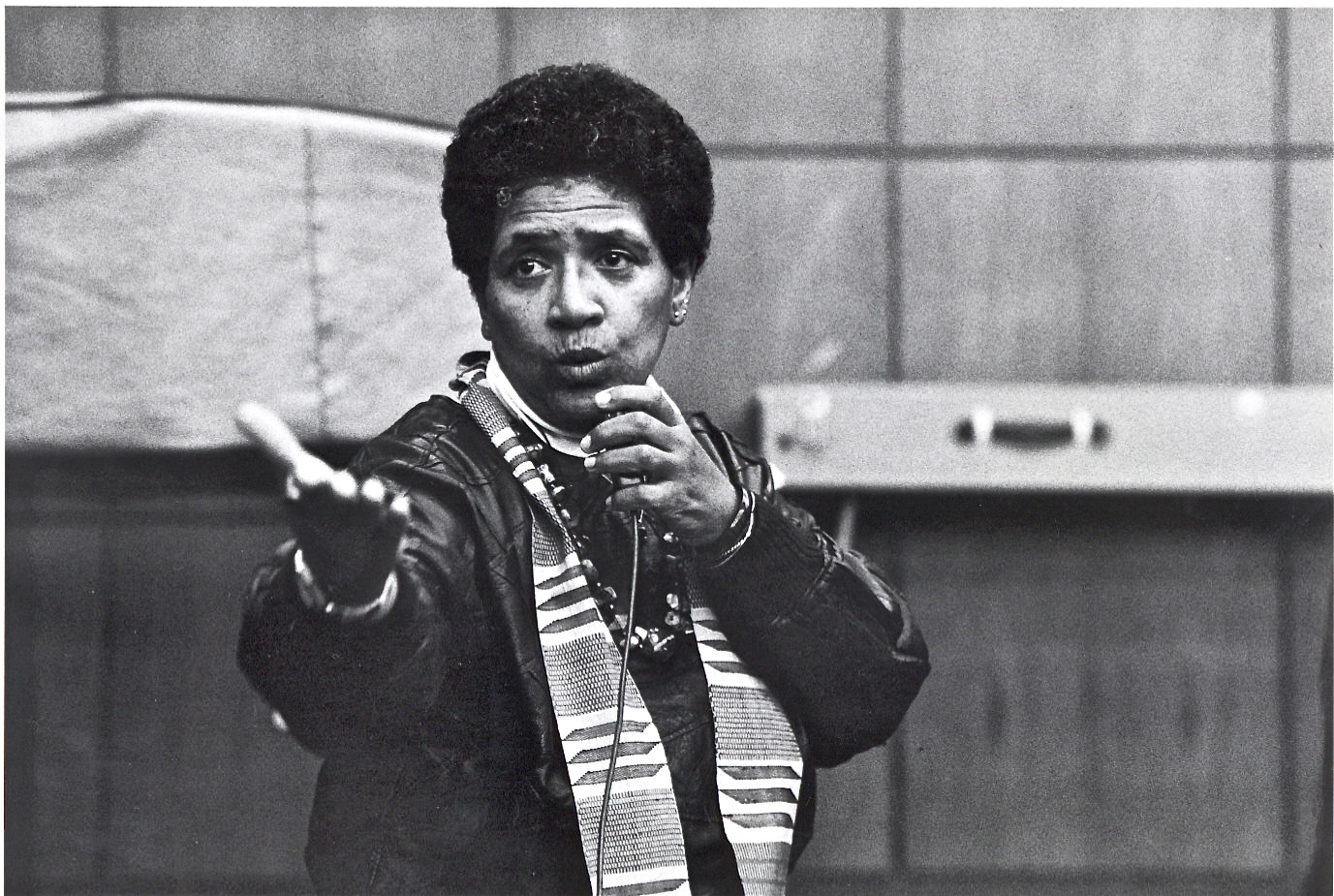Table of Contents Show
As many writers know, it’s nearly impossible to write autobiographies completely from memory alone. Unfortunately, memory is a pesky thing that can be molded and may change over time. Often times, all that remains are reminiscent feelings surrounding certain moments in our lives. The following five talented authors listed in this article have taken great liberties in writing their autobiographies.
Each one of these authors finds their own unique way of weaving history, emotion, and myth together to paint a picture of their life. It’s not always easy to see the world through other people’s eyes, and especially difficult for marginalized people to be perceived accurately. The authors on this list use alternative literary devices, such as folktales, myths, third-person narrative, a stream of consciousness, and comedic essays, to depict their life story.
Poignant Biomythography
American author and poet Audre Lorde did not write her life story the traditional way authors write their autobiographies. Zami: A New Spelling Of My Name combines myth, history, and biography to create a new genre Audre Lorde calls biomythography. Lorde offers insight into her unique perspective as a Black non-binary lesbian during the McCarthy era. The reasoning behind combining biography into her autobiography is in order to tell the story of her life through the many women who empowered and strengthened her.
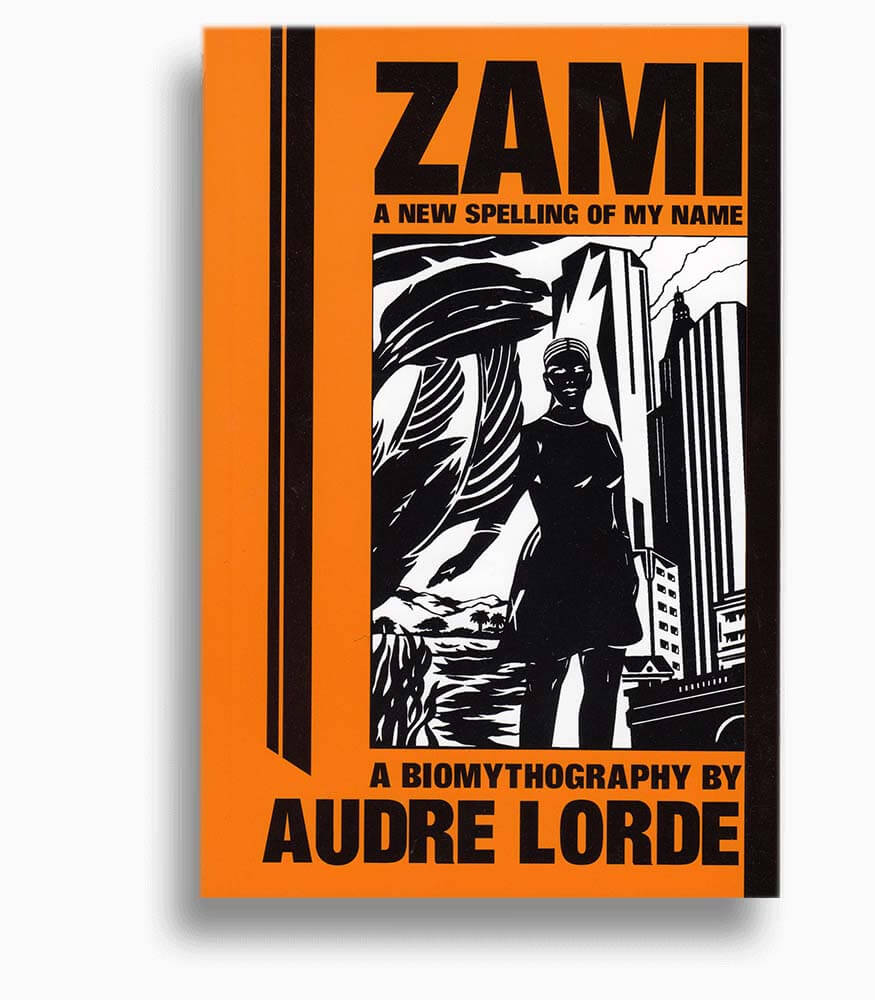
“Zami” is a word used on the Caribbean island of Carriacou to describe “women who work together as friends and lovers.” Audre Lorde details her many relationships with women that have impacted her life, from lovers and long-lost friends to her relationship with her mother. Each one of these women is depicted within small biographies throughout the book. Lorde would not be the woman she is today without having had these relationships, and therefore she cannot imagine telling her life story without them.
Courageous Talk-Story
Maxine Hong Kingston weaves her own cultural mythology into her autobiography. The Woman Warrior: Memoirs Of A Girlhood Among Ghosts blends her mother’s traditional Chinese worldview and the unique perspective of a young first-generation Chinese American alongside Chinese folktales. By blending these different narrative perspectives, Kingston illustrates life through her eyes, as an individual isolated from her gender or culture.
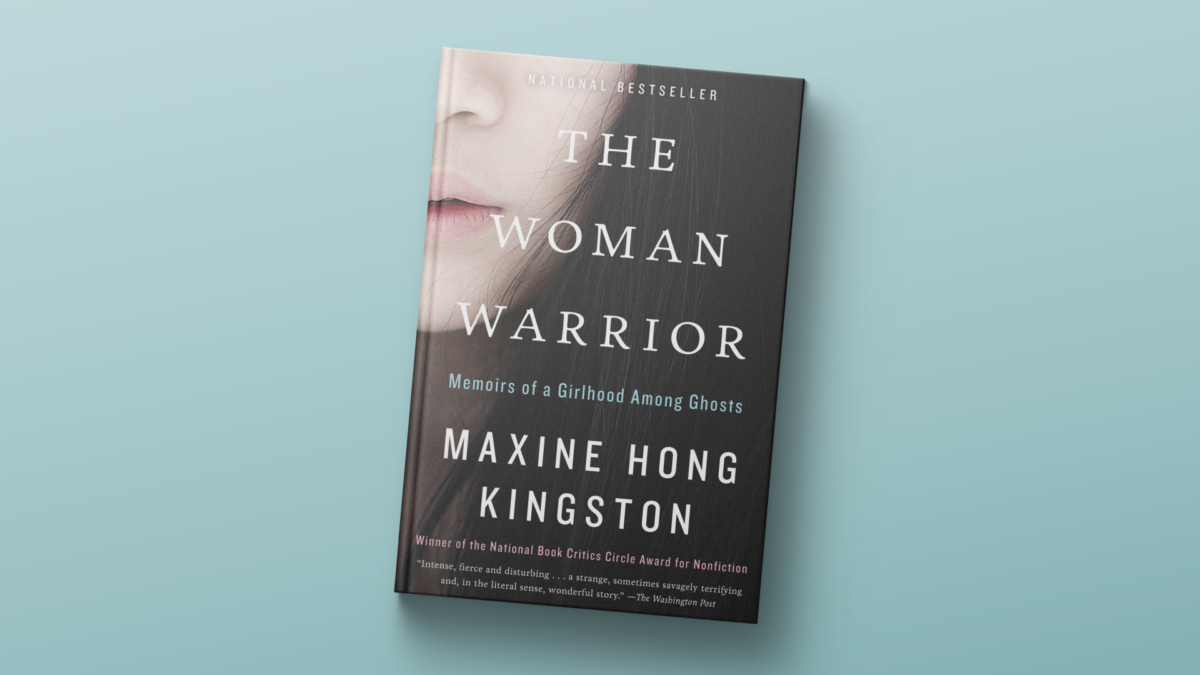
The five interconnected chapters of Kingston’s memoir interweave stories of her upbringing, her mother’s life as a Chinese immigrant (both back in China and after moving to America), and the folktales Kingston’s mother would tell of her growing up. In this way, Kingston uses a new form of talk story, a Chinese oral tradition, by blending together cultural myths, history, fantasy, and biographical family details.
Rich Comedic Essays
American humorist David Sedaris combined a selection of humorous autobiographies into the best selling collection of essays, Me Talk Pretty One Day. The book is separated into two parts. The first half are essays about his upbringing in North Carolina and his time living in New York before moving to France. The second half consists of essays about his move and life in Normandy, France with his partner Hugh.
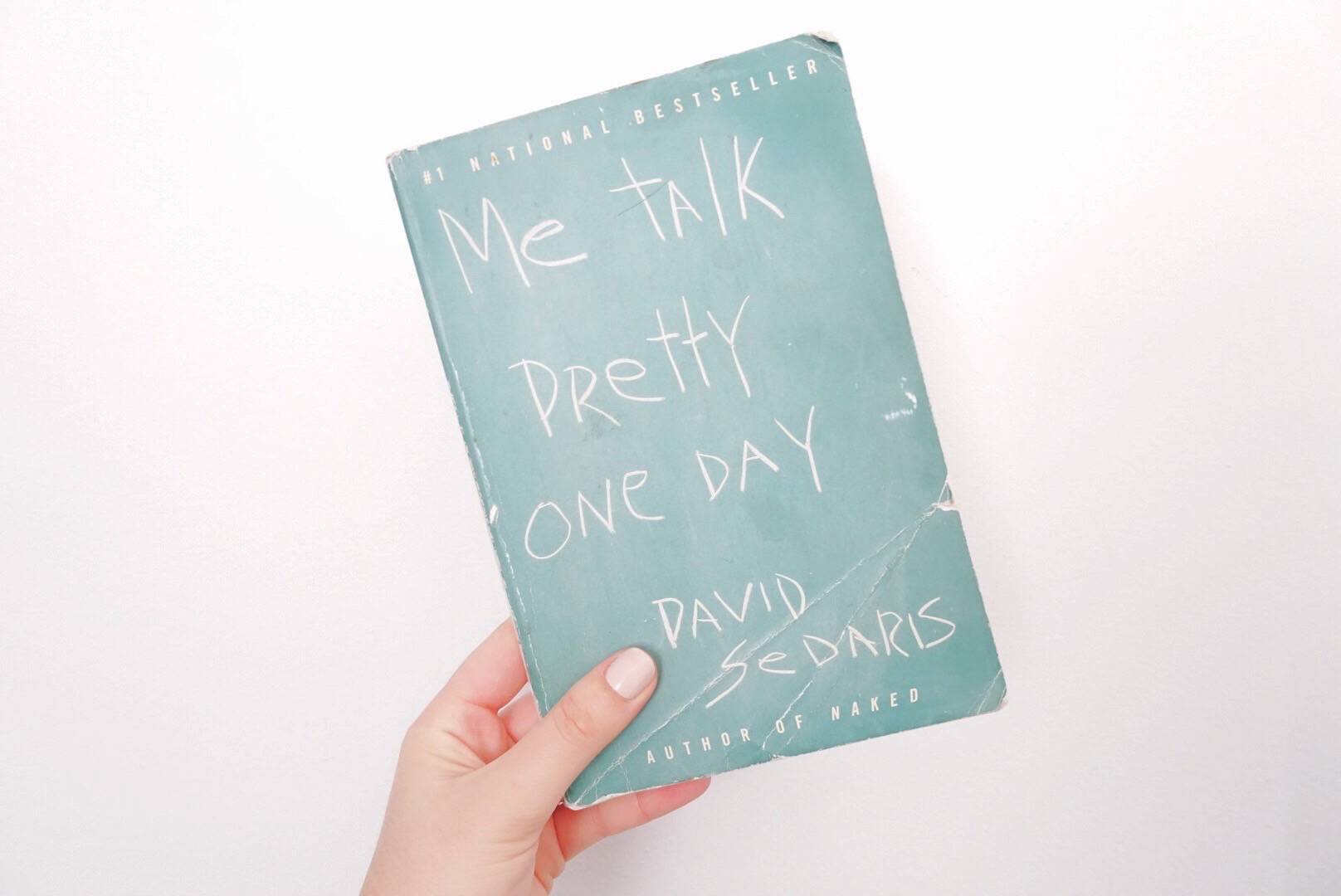
Sedaris uses humor throughout his essays as a literary tool to express his own take on life and how he finds his own joy. His own unique childhood as a gay man growing up in a conservative time is an experience many Americans may be able to relate to, but even more could never have imagined. By separating his life into coming-of-age and settling down, then further separating impactful moments into individual essays, Sedaris pieces together snippets and glimpses that allow his readers to understand his unique perspective.
Perceptive Stream Of Consciousness
Considered one of the most important modernist 20th Century authors, Virginia Woolf also pioneered the narrative device of “stream of consciousness.” Although A Room Of One’s Own is not at all like the other autobiographies on this list, in the sense that she does not talk about her childhood, we learn a lot about her experience as a writer and a woman during the turn of the century.
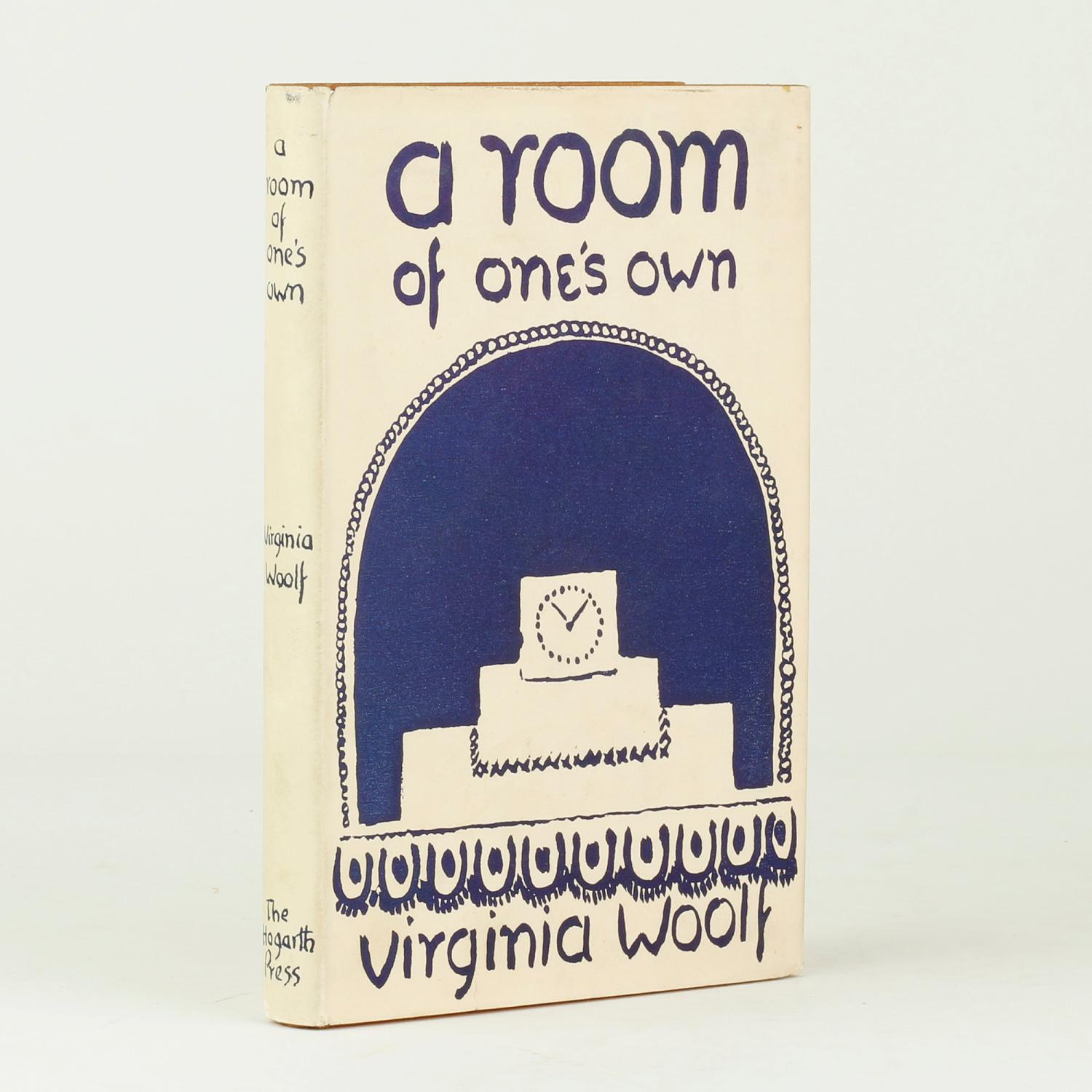
This non-fiction piece completely relies on her use of stream of consciousness to express her thoughts on society and the patriarchal rain cloud that follows the writer wherever she goes. Woolf writes her thoughts as they flow while walking home one-day past a university. Her thoughts travel from gender norms to women’s education and life expectations. Her writing flows unlike any of her fiction pieces, allowing readers the opportunity to see inside the mind of the great Virginia Woolf.
Insightful Second-Person Narrative
A Small Place is a creative non-fiction book by Jamaica Kincaid that speaks to the audience in second-person as though she is speaking to the tourists that visit her home in Antigua. The Antiguan-American uses her autobiography depicting life on the island of Antigua as a reflection of how natives view tourists, colonists, and settlers. Kincaid combines her own social and cultural critique with her upbringing and how the history of imperialism has molded postcolonial Antigua.
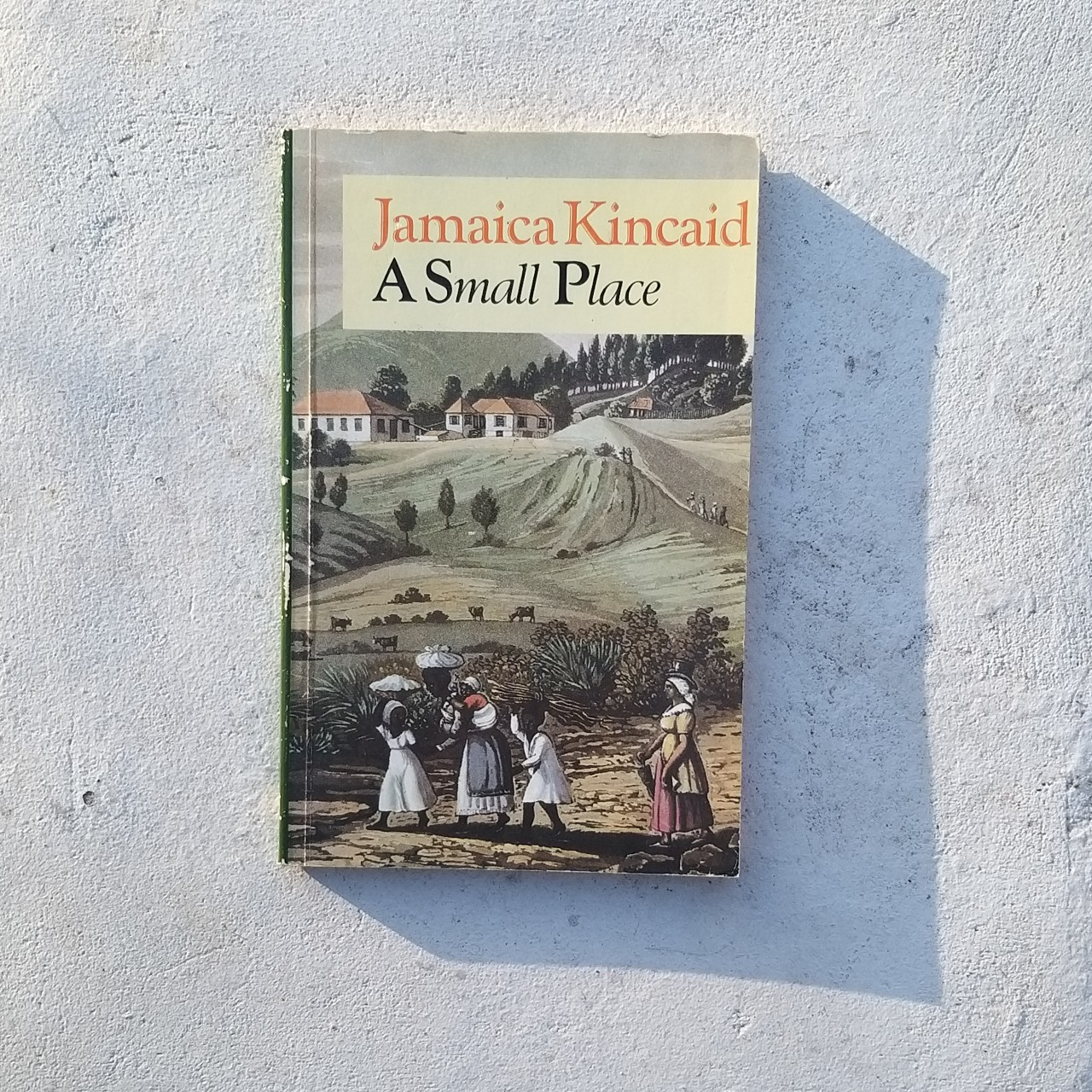
Not only is the book fraught with themes of colonialism, but she also uses the less common literary device of speaking in second-person. She speaks to you–the outsider, the visitor, the reader–assuming your thoughts and perceptions in order to firmly drive in her point and perspective as an islander.
Stories Straight From The Author’s Life
This unique array of autobiographies will offer you a diverse perspective, not only of life but of writing as well. While some of these autobiographies aren’t strictly defined as such, they offer alternative literary devices to get their voices heard and understood. After having read many of these authors’ fiction, reading their autobiographies and hearing them write freely about their lives and what they’re most passionate about is like reading their work for the first time all over again.
